Goldman Sachs (NYSE:GS) Quarterly Earnings Preview
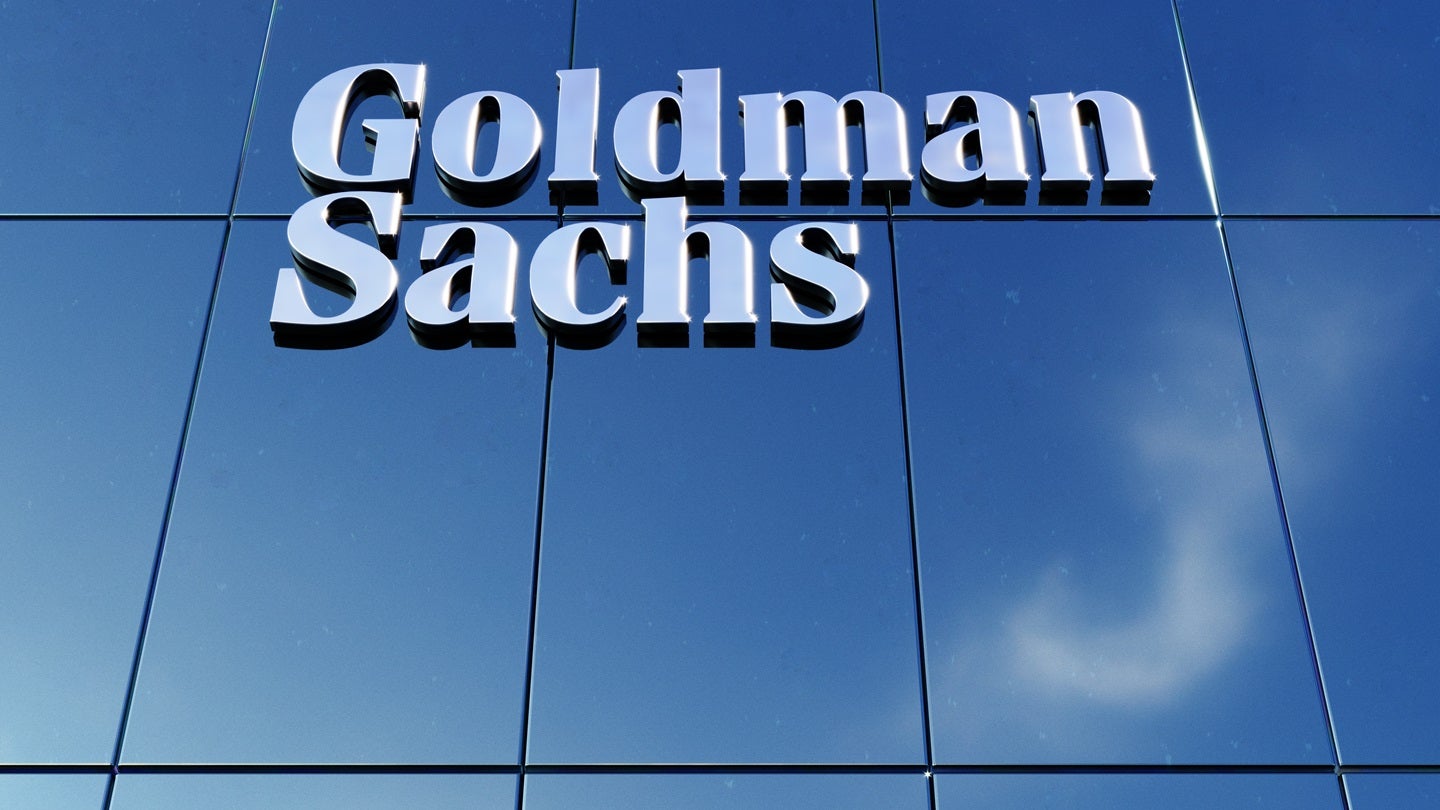
- Goldman Sachs is set to release its quarterly earnings on April 14, 2025, with an estimated EPS of $12.72 and projected revenue of $14.7 billion.
- The company's debt-to-equity ratio is approximately 2.81, highlighting its financial leverage and risk profile.
- Analysts are optimistic about Goldman Sachs' potential for earnings growth, driven by its strategic positioning and ability to navigate the economic landscape.
Goldman Sachs (NYSE:GS) is a leading global investment banking, securities, and investment management firm. It provides a wide range of financial services to a substantial and diversified client base, including corporations, financial institutions, governments, and individuals. As a major player in the financial industry, Goldman Sachs competes with other giants like JPMorgan Chase and Morgan Stanley.
Goldman Sachs is set to release its quarterly earnings on April 14, 2025. Analysts estimate an earnings per share (EPS) of $12.72 and project revenue to be around $14.7 billion. These figures are crucial as they provide insights into the company's financial performance and market position. Investors are particularly interested in these numbers to gauge the company's profitability and growth potential.
Beyond the typical earnings and revenue figures, analysts are delving into key metrics to assess Goldman Sachs' financial health. The company's debt-to-equity ratio stands at approximately 2.81, indicating a higher reliance on debt financing. This ratio is important as it helps investors understand the company's financial leverage and risk profile.
Goldman Sachs is anticipated to experience earnings growth in its upcoming report. Analysts believe the company has the right combination of factors that could lead to an earnings beat. This optimism is driven by the company's strategic positioning and ability to navigate the current economic landscape effectively.
As Wall Street awaits the release of Goldman Sachs' earnings, investors and stakeholders are keen to see how the company will perform. The insights gained from these figures will be crucial in understanding Goldman Sachs' future prospects and its ability to maintain its competitive edge in the financial industry.
| Symbol | Price | %chg |
|---|---|---|
| 006800.KS | 27500 | 4.36 |
| 00680K.KS | 11100 | 2.25 |
| 006805.KS | 12050 | 3.15 |
| 071050.KS | 182100 | -0.11 |

Goldman Sachs (NYSE:GS) Stock Update: Price Target and Market Outlook
- Goldman Sachs has a new price target of $794, indicating a potential increase of 5.73%.
- The company's stock was upgraded from "Sell" to "Hold" by Freedom Capital, reflecting a more optimistic market outlook.
- Despite challenges from US-China trade tensions, Goldman Sachs reports strong performance in dealmaking and wealth management.
Goldman Sachs (NYSE:GS) is a leading global investment banking, securities, and investment management firm. It provides a wide range of financial services to a substantial and diversified client base, including corporations, financial institutions, governments, and individuals. The company is known for its strong presence in mergers and acquisitions, capital markets, and wealth management. Competitors include firms like JPMorgan Chase, Morgan Stanley, and Bank of America.
On October 17, 2025, Goldman Sachs set a price target of $794 for its stock, which was trading at $751 at the time. This suggests a potential price increase of about 5.73%. Freedom Capital upgraded Goldman Sachs from "Sell" to "Hold," as highlighted by TheFly. This upgrade reflects a more optimistic outlook for the company's stock performance.
Goldman Sachs is navigating a complex market environment influenced by US-China trade tensions and tariff concerns. These factors have slightly reduced US growth expectations by 0.3 to 0.4 percentage points. Despite these challenges, Goldman Sachs remains confident, suggesting that concerns may be diminishing, which could positively impact its stock.
The company's strong third-quarter performance, driven by robust dealmaking and wealth management, has bolstered its financial standing. Goldman Sachs surpassed revenue and earnings per share estimates, maintaining its leadership in mergers and acquisitions. The firm's investment banking backlogs are at a three-year high, with sponsor activity up by 40% compared to the previous year.
Goldman Sachs is undergoing a significant transformation with its "OneGS 3.0" initiative, focusing on artificial intelligence and centralized efficiency. This strategic shift, coupled with favorable capital markets conditions, has led Jefferies to increase its 2026 earnings estimate for Goldman Sachs by 1% to $54.45 per share.

Goldman Sachs (NYSE:GS) Surpasses Earnings Estimates with Strong Investment Banking and Wealth Management Performance
- Earnings Per Share (EPS) of $12.25, surpassing the estimated $11.03 and marking a 46% increase from the previous year.
- Revenue of approximately $11.33 billion for the quarter, with a significant contribution from investment banking and wealth management divisions.
- Maintains a solid financial position with a price-to-earnings (P/E) ratio of approximately 14.23 and a debt-to-equity ratio of 0.04.
Goldman Sachs (NYSE:GS) is a leading global investment banking, securities, and investment management firm. It provides a wide range of financial services to a substantial and diversified client base, including corporations, financial institutions, governments, and individuals. The company competes with other major financial institutions like JPMorgan Chase and Morgan Stanley.
On October 14, 2025, Goldman Sachs reported earnings per share (EPS) of $12.25, surpassing the estimated $11.03. This represents a significant increase from the $8.40 EPS recorded a year ago, highlighting a 46% rise. The earnings surprise for this quarter was +10.26%, as highlighted by Zacks. This consistent outperformance of consensus EPS estimates over the past four quarters underscores the company's strong financial health.
Goldman Sachs generated a revenue of approximately $11.33 billion, which fell short of the estimated $14.12 billion. The company's strong performance was driven by its investment banking and wealth management divisions. Investment banking fees increased by 42% to $2.66 billion, with advisory revenue rising 60% to $1.4 billion. The Asset & Wealth Management unit experienced a 17% revenue increase to $4.4 billion, supported by $56 billion in long-term net inflows.
Goldman Sachs maintains a solid financial position with a price-to-earnings (P/E) ratio of approximately 14.23 and a price-to-sales ratio of about 2.18. The company's debt-to-equity ratio is 0.04, indicating a low level of debt compared to its equity. Additionally, the current ratio of 2.32 suggests a strong ability to cover short-term liabilities with short-term assets.
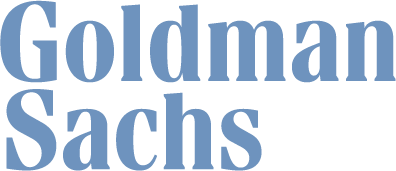
Goldman Sachs Group, Inc. (NYSE:GS) Sees Positive Analyst Sentiments and Growth Prospects
- The average price target for GS stock has increased from $660.13 to $829.67, indicating a more optimistic view from analysts.
- Goldman Sachs is expected to benefit from a resurgence in M&A activities, especially in the artificial intelligence sector, with anticipated net revenue of $11 billion and EPS of $10.99.
- The company has outperformed the S&P 500 with a 32% increase since May, attributed to a favorable regulatory environment and strong capital market activities.
The Goldman Sachs Group, Inc. (NYSE:GS) is a leading global financial institution known for its diverse operations in Investment Banking, Global Markets, Asset Management, and Consumer & Wealth Management. As a major player in the financial services industry, Goldman Sachs competes with other giants like Morgan Stanley (MS) and JPMorgan Chase (JPM). The company's stock, GS, has seen a notable shift in its consensus price target over the past year, reflecting changing analyst sentiments.
The average price target for GS stock is currently $829.67, showing stability over the last month and quarter. This consistency suggests that analysts have maintained their outlook on the stock in the short term. However, a year ago, the average price target was significantly lower at $660.13. This increase indicates a more optimistic view from analysts regarding Goldman Sachs' future performance and potential growth.
Goldman Sachs is expected to benefit from a resurgence in mergers and acquisitions (M&A) in 2025, particularly in the artificial intelligence sector. This trend has seen a flurry of deals emerging almost weekly over the past three months. Analysts anticipate that Goldman Sachs will report $11 billion in net revenue and an earnings per share (EPS) of $10.99, reflecting year-over-year growth of 11% and 31%, respectively. This growth outlook contributes to the positive sentiment around the stock.
As highlighted by Oppenheimer, a price target of $463 has been set for Goldman Sachs, indicating a positive outlook for the company's performance amidst current market uncertainties. The upcoming U.S. bank earnings season is set to provide investors with crucial insights into the health of the economy, especially in light of a government shutdown that has resulted in a data blackout. Goldman Sachs is among the key financial institutions whose earnings will be closely watched.
Goldman Sachs has experienced a significant rise, outperforming the S&P 500 with a 32% increase since May. This growth is attributed to a favorable regulatory environment and strong activity in capital markets. The company's investment banking and FICC (Fixed Income, Currencies, and Commodities) financing segments are demonstrating robust growth. As the company prepares to release its Q3 earnings, expectations are high for continued positive trends.
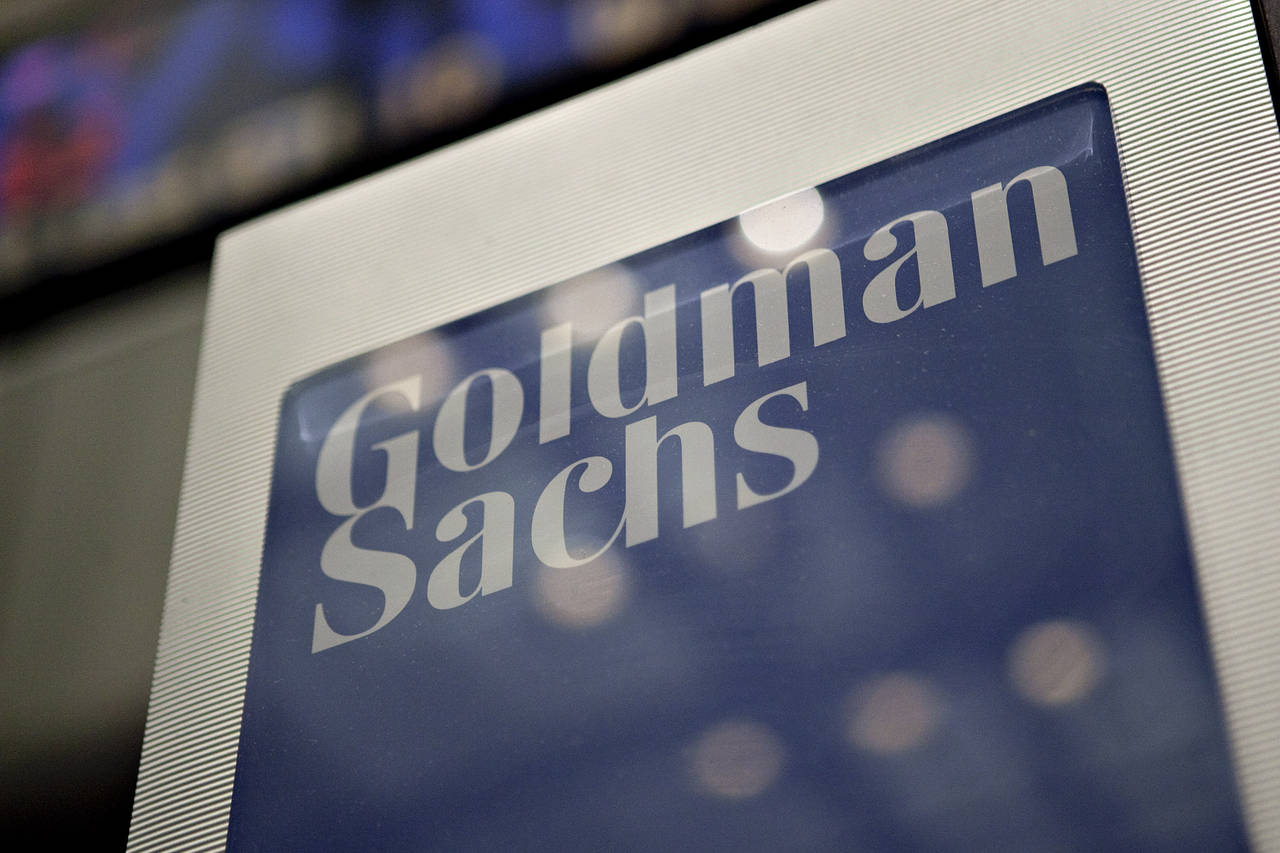
Goldman Sachs Beats Q2 Estimates as Trading and Banking Fuel 15% Revenue Growth
Goldman Sachs (NYSE:GS) reported second-quarter earnings that topped Wall Street expectations, driven by a surge in trading and investment banking activity.
The firm posted earnings per share of $10.91, beating analyst estimates of $9.59. Revenue climbed 15% from the prior year to $14.58 billion, ahead of the $13.51 billion consensus.
The standout performer was Goldman’s Global Banking & Markets division, which generated $10.12 billion in revenue—a 24% increase year-over-year. Investment banking fees rose 26% to $2.19 billion, while equities trading revenue surged 36% to $4.30 billion. Fixed Income, Currency, and Commodities (FICC) revenue also contributed, rising 9% to $3.47 billion.
Asset and Wealth Management was the lone soft spot, with revenue falling 3% to $3.78 billion due to lower returns from equity and debt investments. However, this was partially offset by stronger management and advisory fees.
CEO David Solomon credited the results to robust client engagement and the firm’s positioning across markets. He also noted that the broader economy is responding well to shifts in the policy environment, providing a tailwind for Goldman’s core businesses.
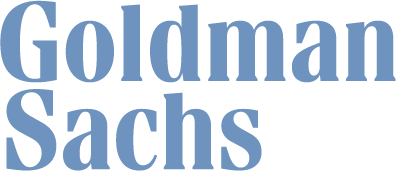
Goldman Sachs Group, Inc. (NYSE: GS) Sees Optimistic Price Target Amid Diverse Financial Services
- Significant increase in consensus price target from $575.27 to $750, indicating growing optimism among analysts.
- Upcoming second-quarter earnings report is highly anticipated, with Goldman Sachs expected to surpass earnings expectations again.
- Broader market trends and economic conditions will play a crucial role in influencing Goldman Sachs' stock performance.
The Goldman Sachs Group, Inc. (NYSE: GS) is a leading global investment banking, securities, and investment management firm. It offers a wide range of financial services to a substantial and diversified client base that includes corporations, financial institutions, governments, and individuals. The company operates in four main segments: Investment Banking, Global Markets, Asset Management, and Consumer & Wealth Management. Goldman Sachs competes with other financial giants like Morgan Stanley and JPMorgan Chase.
Over the past year, Goldman Sachs has experienced a significant increase in its consensus price target, rising from $575.27 to $750. This suggests growing optimism among analysts about the company's future performance. Despite this, Oppenheimer has set a more conservative price target of $463, as highlighted by CNBC. This indicates a positive outlook, albeit more cautious than the consensus.
Goldman Sachs' diverse range of financial services and strong market presence contribute to analysts' confidence. The company is preparing to release its second-quarter earnings, focusing on market-making, IPOs, and lending activities. These areas have been performing well, although there are concerns about rising expenses potentially impacting results, as noted by Zacks.
Investors should monitor Goldman Sachs' upcoming earnings report, as the company has a history of surpassing earnings expectations. Wall Street analysts, according to LSEG, anticipate earnings per share of $9.53 and revenue of $13.47 billion. This track record of exceeding estimates suggests potential for positive surprises in the upcoming report.
Additionally, broader market trends and economic conditions will play a crucial role in influencing Goldman Sachs' stock performance. Regional bank consolidation, as discussed by Dory Wiley on CNBC, could impact the financial landscape. Investors should stay informed about these developments to better understand their potential effects on Goldman Sachs and its stock value.
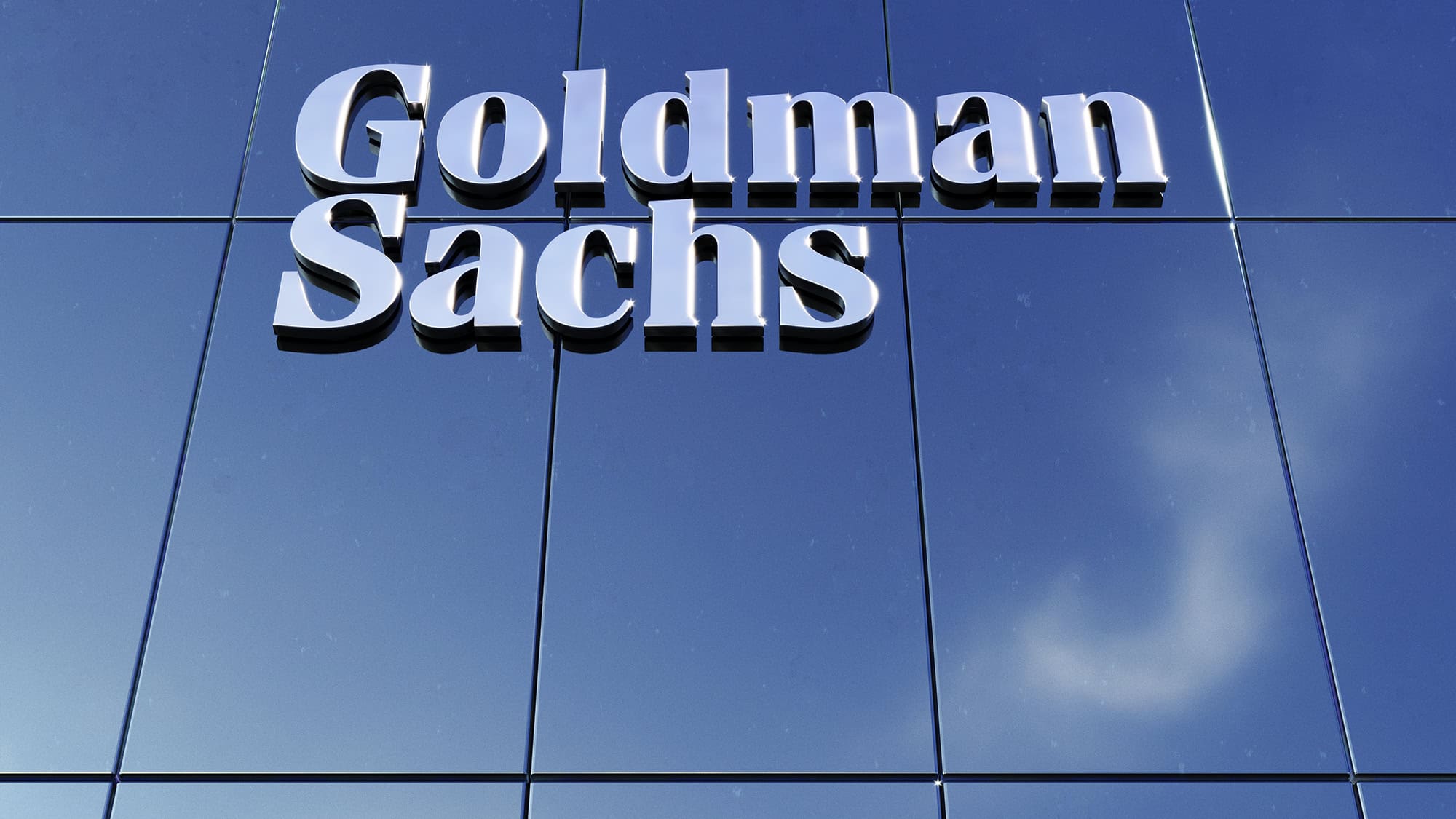
Goldman Sachs (NYSE:GS) Quarterly Earnings Preview
- Goldman Sachs is expected to report an EPS of $9.43, a 9.4% increase year-over-year, with projected revenue of $13.5 billion, marking a 6.1% growth.
- Investment banking revenues are likely boosted by strong mergers and acquisitions activity, and net interest income is projected to increase by 28.3%.
- The company's financial metrics show a P/E ratio of approximately 15.38 and a price-to-sales ratio of about 1.73, but a negative enterprise value to operating cash flow ratio at -29.51.
Goldman Sachs (NYSE:GS) is a leading global investment banking, securities, and investment management firm. It provides a wide range of financial services to a substantial and diversified client base, including corporations, financial institutions, governments, and individuals. As a major player in the financial industry, Goldman Sachs competes with other giants like JPMorgan Chase and Morgan Stanley.
On July 16, 2025, Goldman Sachs is set to release its quarterly earnings. Wall Street estimates the earnings per share (EPS) to be $9.37, while the revenue is projected to be approximately $13.53 billion. However, analysts anticipate the company to report a slightly higher EPS of $9.43, marking a 9.4% increase from the same period last year. The projected revenue of $13.5 billion represents a 6.1% year-over-year growth.
Goldman Sachs's investment banking revenues are likely to have been bolstered by strong mergers and acquisitions activity. Additionally, the firm's net interest income for the quarter is projected to increase by 28.3%, driven by robust loan demand and stable interest rates. Despite a recent 0.1% decline in share price, the company plans to increase its common stock dividend from $3.00 to $4.00 per share starting July 1.
In the first quarter of 2025, Goldman Sachs experienced significant growth in its Global Banking & Markets division. However, there were concerns due to a decline in the investment banking sector and rising expenses. Despite these challenges, Goldman Sachs has a strong track record of exceeding earnings expectations, having surpassed the Zacks Consensus Estimate in the last four quarters with an average earnings surprise of 20.74%.
Goldman Sachs's financial metrics reveal a price-to-earnings (P/E) ratio of approximately 15.38, indicating the market's valuation of its earnings. The price-to-sales ratio stands at about 1.73, suggesting how much investors are willing to pay per dollar of sales. However, the enterprise value to operating cash flow ratio is negative at -29.51, which may indicate challenges in cash flow generation relative to its valuation.
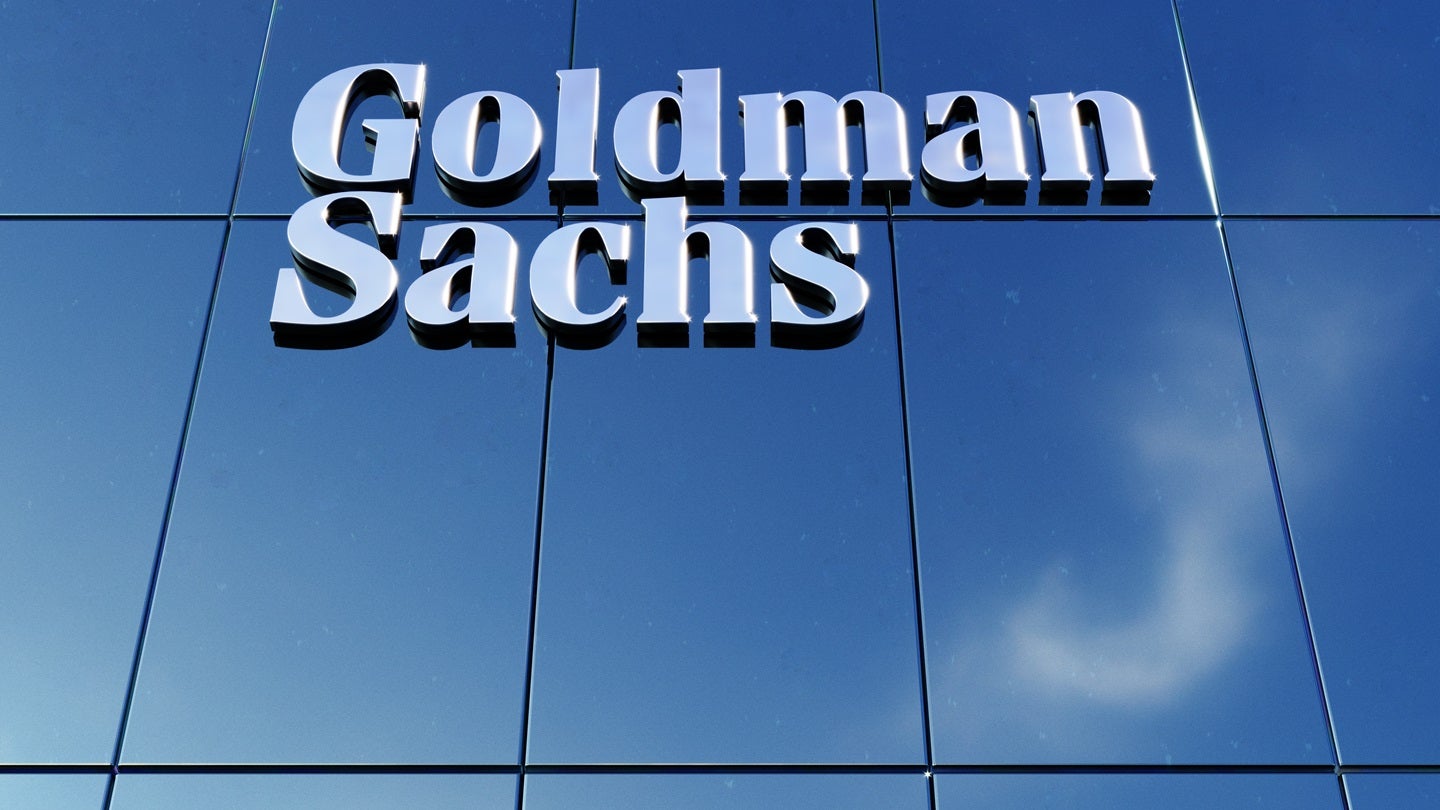
Goldman Sachs (NYSE:GS) Surpasses First-Quarter Earnings Estimates
- Goldman Sachs reported first-quarter earnings with an EPS of $14.12, beating estimates and leading to a 2.5% stock price increase.
- The company announced a $40 billion stock buyback, reflecting confidence in its financial health and future prospects.
- Despite challenges in cash flow generation, indicated by a negative enterprise value to operating cash flow ratio, Goldman Sachs' earnings yield of 8.81% demonstrates its profitability.
Goldman Sachs (NYSE:GS) is a leading global investment banking, securities, and investment management firm. It provides a wide range of financial services to a substantial and diversified client base, including corporations, financial institutions, governments, and individuals. The company competes with other major financial institutions like JPMorgan Chase and Morgan Stanley.
On April 14, 2025, Goldman Sachs reported impressive first-quarter earnings, with earnings per share (EPS) of $14.12, surpassing the estimated $12.33. This strong performance was accompanied by revenue of approximately $15.06 billion, exceeding the forecasted $14.77 billion. The positive results led to a 2.5% increase in the stock price, reaching $506.83, as highlighted by Schaeffer's Research.
The company's robust performance was driven by strong revenues from its equity and fixed income, currencies, and commodities (FICC) divisions. The CEO noted a "markedly different operating environment" as the company moves into the second quarter. Additionally, Goldman Sachs announced a significant $40 billion stock buyback, which likely contributed to the positive market reaction.
Goldman Sachs' financial metrics provide further insight into its market position. The company has a price-to-earnings (P/E) ratio of approximately 11.35, indicating investor confidence in its earnings potential. Its price-to-sales ratio stands at about 2.92, reflecting the market's valuation of its revenue. However, the enterprise value to operating cash flow ratio is negative at -23.97, suggesting challenges in cash flow generation.
The company's debt-to-equity ratio is about 2.81, indicating a higher reliance on debt to finance its assets compared to shareholders' equity. Despite this, Goldman Sachs' earnings yield of approximately 8.81% offers a perspective on the return on investment, showcasing its ability to generate profits relative to its share price.







